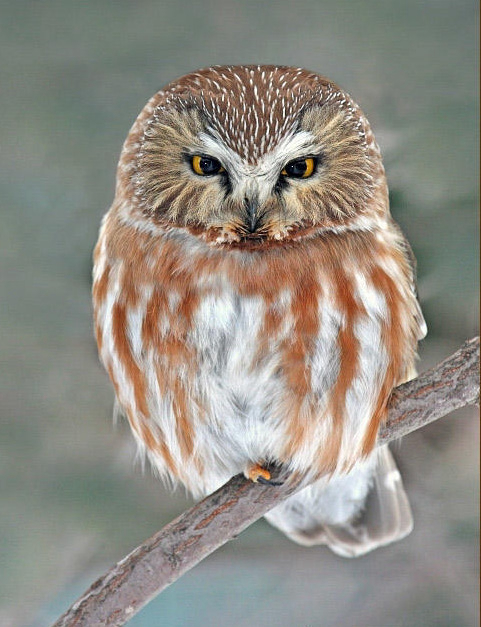 The 10-year Northern Saw-Whet Owl study is one of many owl research projects being conducted by the Owl Research Institute (photo by Nick Saunders). |
The Owl Research Institute (ORI) is celebrating the 10th year of Northern Saw-whet Owls at their Missoula, Montana banding station where they are studying migrating Saw-Whets. This year the ORI banding team caught and banded 135 Northern Saw-whet Owls, including 5 recaptures of banded Saw-whets. Studying Northern Saw-whet Owls is challenging because they are nocturnal, secretive, and have irregular seasonal migrations.
For example, males and females will migrate at slightly different times, and will migrate different distances to different locations. First-year Saw-whets also may not migrate at the same time as adults. While there have been many efforts to study Northern Saw-whet Owls in northern locations in North America, much still remains unknown about their biology and migration.
A point of interest is that of the 5 re-captured owls, 4 were originally banded by ORI in 2017, 2020, and earlier this fall migration season. But the most exciting re-capture was a female Northern Saw-Whet Owl that was originally banded the year she hatched at a banding station near Matador, Saskatchewan on October 29, 2019. ORI banders caught her at Missoula on October 2, 2021. The straight-line distance between the 2 banding stations is 391 miles.
The Owl Research Institute conducts a number of long-term research projects, including Arctic and Rocky Mountain projects, and you can learn more about their work at Celebrating 10 Years of Northern Saw-whet Owl Migration Research! (owlresearchinstitute.org)
